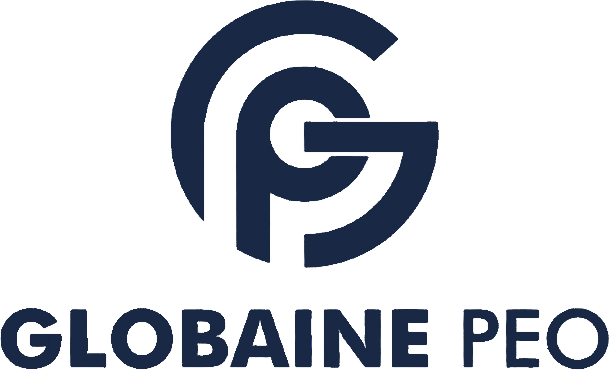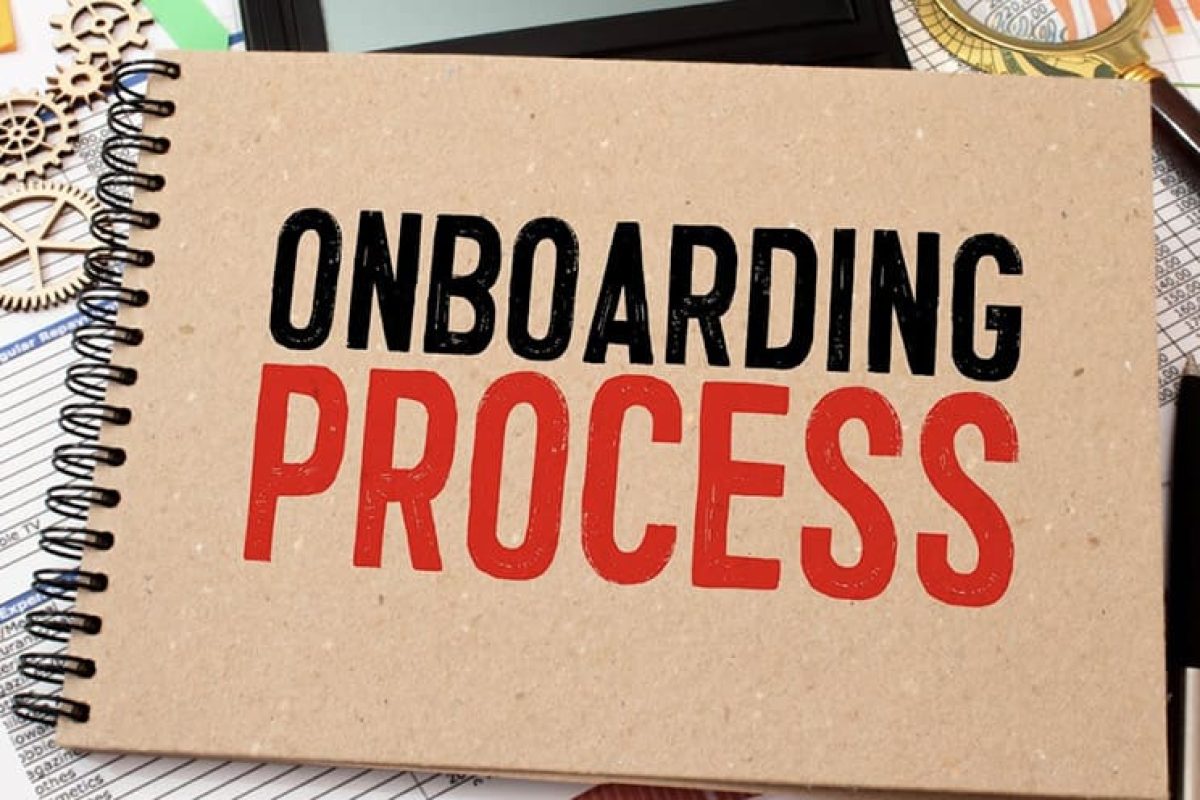Expanding your business into Switzerland requires adherence to local labor laws and an efficient onboarding process. Here’s a comprehensive guide to the key documents and processes needed to onboard employees in Switzerland:
Onboarding Process: Step-by-Step Explanation
Step 1: Job Offer and Acceptance 📩
Trigger: After selecting the right candidate.
Action:
- Job Title: Clearly define the position, job responsibilities, and the reporting structure.
- Compensation: Outline salary, bonuses, allowances, and other benefits like pension contributions or transportation allowances.
- Start Date: Set an agreed-upon date for the employee’s start of work.
- Working Hours: Specify working hours, typically 40-44 hours per week, and the break time, as required by Swiss law.
- Benefits Overview: Include health insurance, pension scheme contributions, and other company perks like meal allowances.
- Probation Period: The probation period usually lasts 1 to 3 months in Switzerland, during which either party can terminate the contract with a short notice period.
Outcome: A signed offer letter allows the process to move to the formal contract stage.
Step 2: Employment Contract 📝
When It’s Used: Once the job offer is accepted.
Action:
Draft a written contract that complies with Swiss employment law, which should include:
- Job Description: Define the scope of work and specific responsibilities.
- Compensation: Clearly state the salary, bonuses, and any other financial benefits such as transportation and meal allowances.
- Leave Entitlements:
- Annual Leave: Swiss employees are typically entitled to a minimum of 4 weeks (20 days) of paid vacation.
- Sick Leave: Employees may receive up to 3 weeks of paid sick leave, depending on the company’s policies and the employee’s contract.
- Public Holidays: Switzerland observes about 9 to 13 public holidays, depending on the canton.
- Working Hours: The standard workweek is 40-44 hours, with clear terms regarding overtime compensation, which is typically paid at 125% of the regular salary.
- Termination Conditions: Include the notice period (usually 1 to 3 months) and grounds for dismissal.
Outcome: A signed employment contract ensures both legal compliance and mutual understanding of employment terms.
Step 3: Residency and Work Permit 🛂
When It’s Used: Before the employee begins work.
Action:
- Work Visa: Non-EU employees must apply for a work visa, and this must be arranged before entering Switzerland.
- Residency Permit: Once the employee arrives in Switzerland, the employer must register the employee with the cantonal migration office for a residency permit (if applicable).
- Medical Examination: A health check may be required as part of the work permit process, depending on the employee’s role.
Outcome: The employee is legally authorized to work in Switzerland.
Step 4: Tax and Social Security Registration 💰
When It’s Used: Prior to the employee’s first salary payment.
Action:
- Tax Registration: Ensure employees are registered for tax purposes. Swiss tax residency is determined by the employee’s permanent residence.
- Social Security: Employers must register Swiss employees for social security contributions, which include health insurance, old-age pension, and unemployment insurance.
- Pension System (2nd Pillar): Contributions to the 2nd pillar pension system are mandatory for Swiss employees, and the employer must arrange these deductions.
- Bank Account: Employees are required to open a Swiss bank account for salary deposits.
Outcome: Ensures compliance with payroll and tax obligations.
Step 5: Health and Safety Orientation 🦺
When It’s Used: On the employee’s first day or earlier.
Action:
- Workplace Safety Guidelines: Introduce safety protocols relevant to the employee’s role.
- Emergency Procedures: Provide training on emergency evacuation, fire safety, and first-aid procedures.
- Protective Equipment: If applicable, supply employees with necessary personal protective equipment (PPE).
Outcome: Employees are informed of workplace safety standards and their rights regarding health and safety.
Step 6: Payroll and Benefits Enrollment 📊
When It’s Used: Within the first week of employment.
Action:
- Bank Details: Collect the employee’s bank account details for salary processing.
- Benefits Enrollment: Register the employee for health insurance (mandatory for all employees), pension schemes (2nd pillar), and other optional benefits like life insurance or disability coverage.
- Overtime Policy: Explain the overtime policy, including compensation rates (125% for regular overtime, with higher rates for exceptional hours).
Outcome: Employees are successfully integrated into the payroll and benefits system.
Step 7: Policies, Training, and Feedback 📚
When It’s Used: Throughout the first month and probationary period.
Action:
- Workplace Policies: Familiarize the employee with the company’s code of conduct, workplace behavior expectations, and confidentiality agreements.
- Training Programs: Conduct orientation training to introduce the company’s values, culture, and role-specific training.
- Probationary Feedback: Provide feedback on the employee’s performance during the probation period and guide improvements if needed.
Outcome: Employees are well-acquainted with workplace norms and expectations, ensuring they can settle into their roles effectively.
Summary Table of Key Onboarding Steps in Switzerland
| Step | Action/Details |
|---|---|
| Step 1: Job Offer | Job Title, Compensation, Start Date, Working Hours, Benefits, Probation Period |
| Step 2: Employment Contract | Job Description, Salary, Leave Entitlements, Termination Conditions |
| Step 3: Residency & Work Permit | Work Visa, Residency Permit, Medical Examination |
| Step 4: Tax & Social Security | Tax Registration, Social Insurance, Pension, Bank Account |
| Step 5: Health & Safety | Safety Induction, Emergency Procedures, PPE |
| Step 6: Payroll & Benefits | Bank Details, Health Insurance, Pension Contributions, Overtime Rates |
| Step 7: Policies & Training | Code of Conduct, Job-Specific Training, Probation Reviews |
Key Takeaways:
- Swiss employment contracts must include job roles, salary details, leave policies, and termination terms.
- Non-EU employees must secure work and residency permits before starting employment.
- A structured onboarding process ensures compliance with Swiss labor laws, streamlines employee integration, and improves employee satisfaction.
GlobainePEO – Your Trusted Partner
By partnering with GlobainePEO, you can streamline the onboarding process in Switzerland. We manage compliance, payroll, and benefits, ensuring that all legal requirements are met, so you can focus on growing your business with confidence.

